Ukraine’s air defenses are being pushed to their limits by an increasing number of Russian kamikaze drones. Despite intercepting a high percentage of these drones, the sheer volume of attacks poses a significant challenge, necessitating urgent international support, argues the Atlantic Council.
Rising Drone Attacks Strain Ukraine’s Air Defenses
The past few months have been particularly challenging for Ukraine’s air defense units. With dwindling interceptor missile supplies, Russia has exploited these gaps to bomb cities and critical infrastructure with increasing frequency. This escalation has led to renewed calls from Ukrainian President Volodymyr Zelenskyy for more air defense systems to protect lives and prevent the collapse of basic municipal services.
Impressive Interception Rates Amid Growing Threat
Despite the mounting pressure, Ukraine has managed to shoot down a remarkable number of Russian kamikaze drones. Reports indicate that Ukraine intercepted 82 percent of kamikaze drones over the past six months, only slightly lower than the previous period. This is particularly impressive given that Russia often launches these drones as part of complex attacks involving various types of missiles.
Ingenious Countermeasures
Ukraine’s response to these drone attacks has been both innovative and resourceful. The use of mobile teams with older anti-aircraft guns mounted on trucks has proven cost-effective. Additionally, a detection network using inexpensive cell phones on poles has been established to warn of incoming drones. Systems like the German-supplied Gepard and the US-made VAMPIRE have also been notably effective.
The Persistent Threat of Aerial Warfare
Even with high interception rates, the threat from kamikaze drones remains serious. Drones that manage to reach their targets cause significant damage and loss of life. Moreover, falling debris from intercepted drones often results in random fatalities and destruction. The evolving nature of drone warfare means that current defenses may not be sufficient in the future.
Expanding Russian Drone Fleet
Russia’s fleet of kamikaze drones is expanding. Initially reliant on Iranian Shahed drones, Moscow has since developed domestic production capabilities, enabling more frequent attacks. Russia is also experimenting with modifications, such as reducing drone detection and adding cameras for live video streaming. Despite limited success so far, these innovations underscore the need for Ukraine to stay vigilant and adaptive.
The Need for Widespread Air Defense
A major challenge for Ukraine is the necessity to distribute air defenses across a vast area. Mobile anti-drone teams are effective but are only a part of the larger defense network needed to protect major cities and key infrastructure. This widespread deployment of defenses diverts resources from the battlefield, weakening Ukraine’s overall war effort.
International Support: A Vital Component
To counter the growing drone threat, Ukraine’s partners can assist in two crucial ways. First, they can provide more air defense systems, particularly those designed to intercept slower, more numerous drones. Second, they can support Ukraine in targeting air bases, production facilities, and drone storage sites within Russia. Preventing drone launches is the most effective way to mitigate the threat.
DroneXL’s Take
The ongoing drone warfare highlights the critical need for innovative and adaptable defense strategies. As Russia’s drone capabilities evolve, Ukraine must continue to improve its air defenses and seek international support. By staying ahead in this technological battle, Ukraine can better protect its cities and infrastructure from these relentless aerial threats.
Discover more from DroneXL.co
Subscribe to get the latest posts to your email.

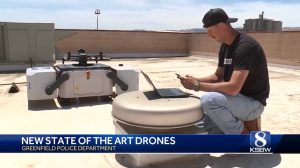

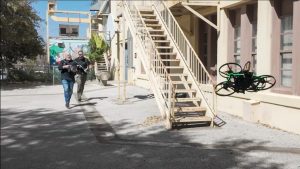



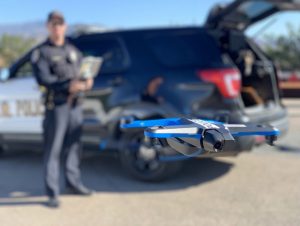
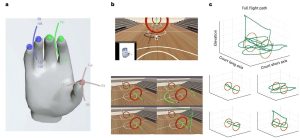
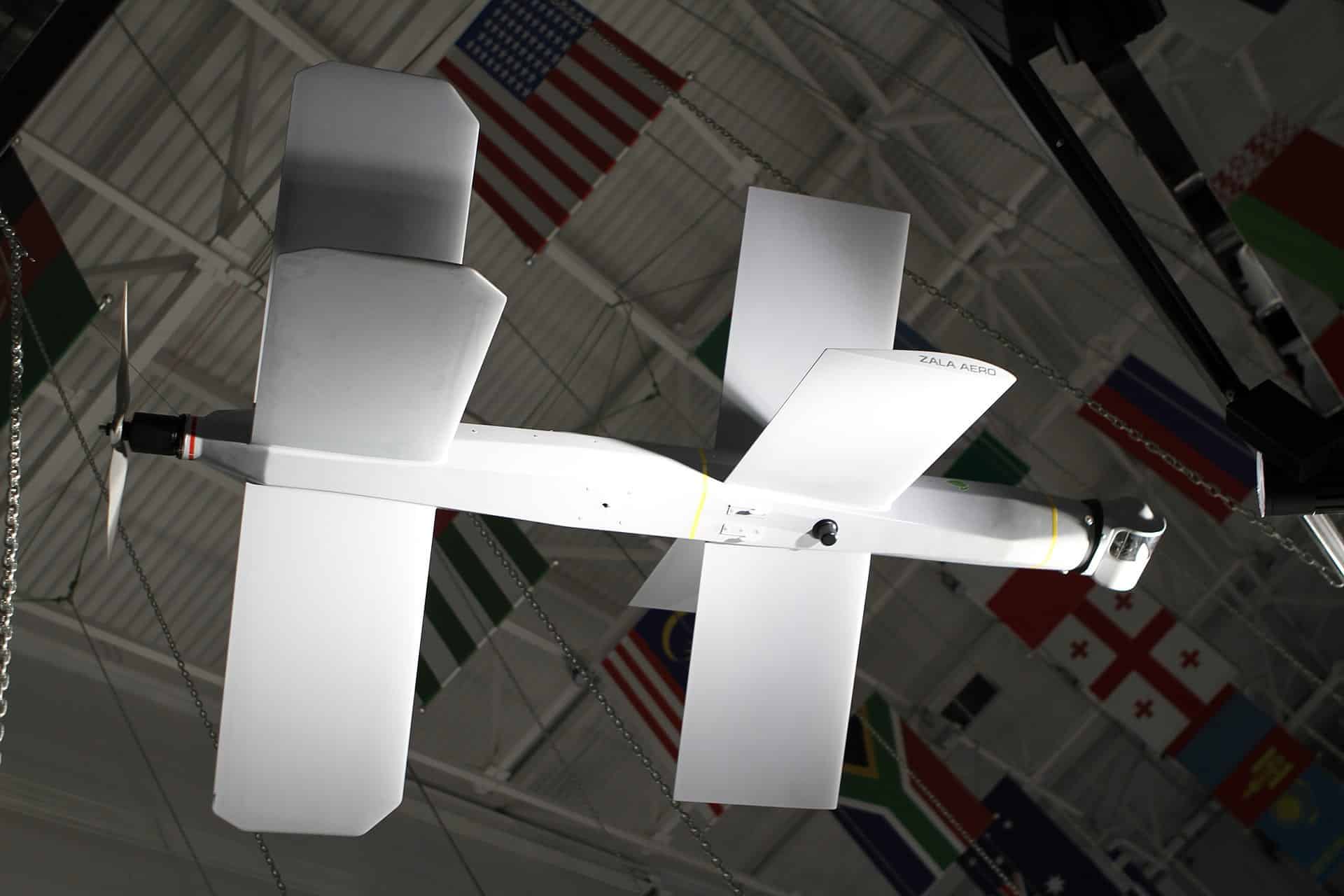

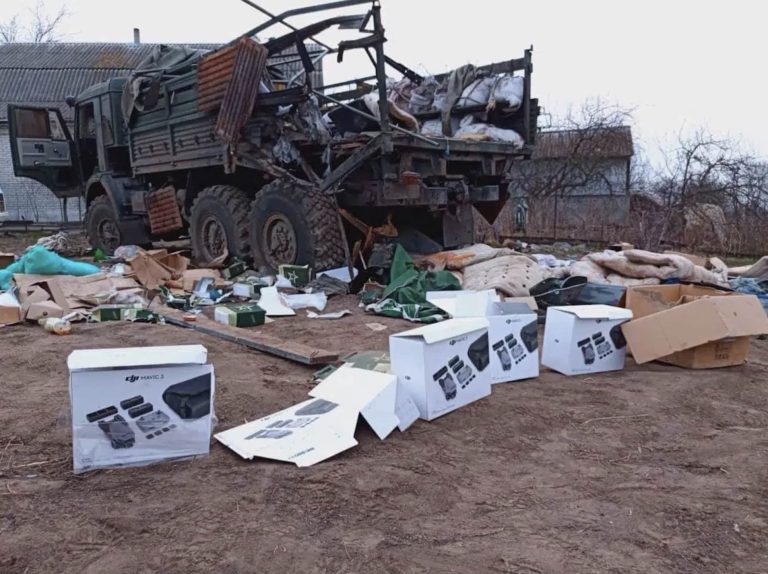
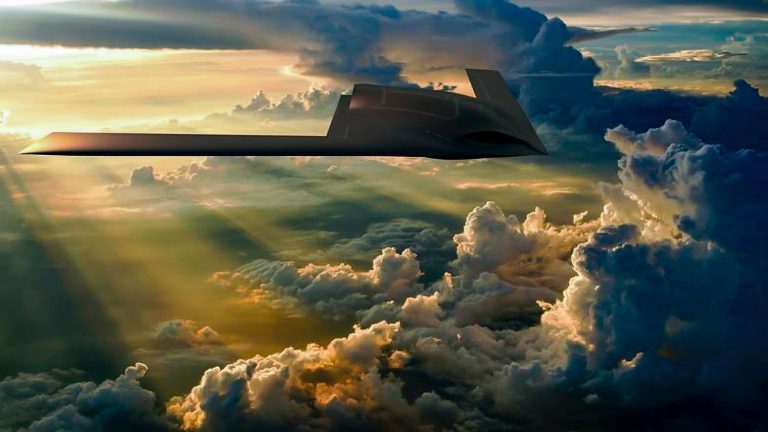
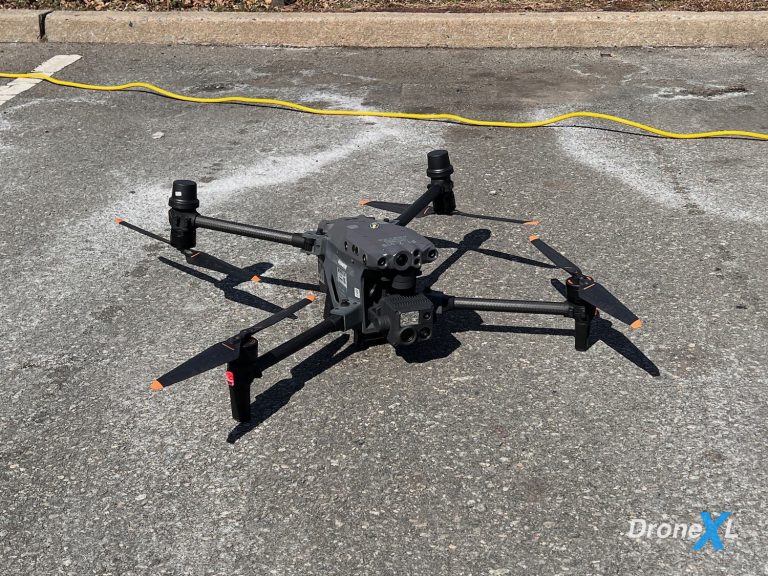

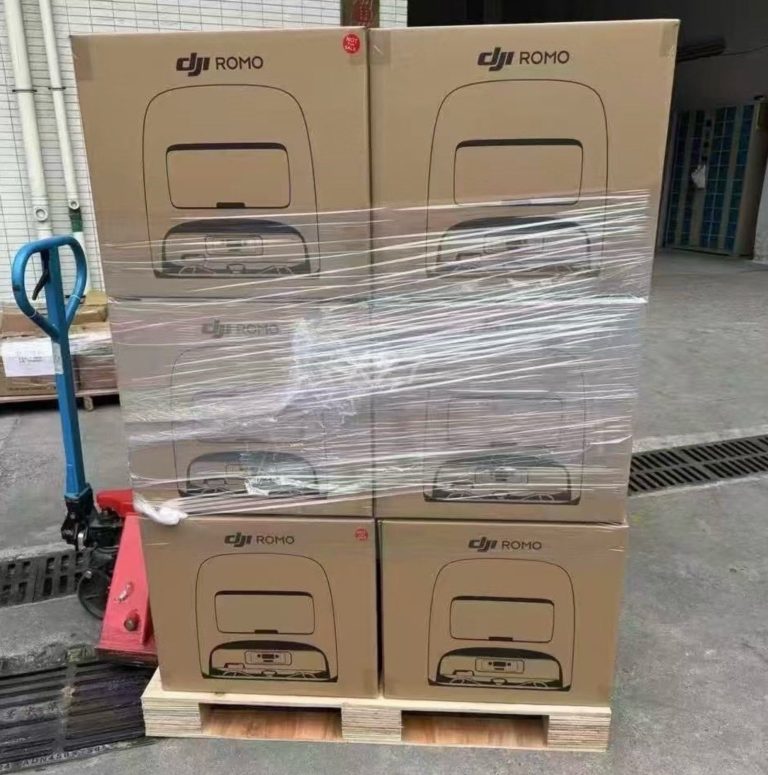


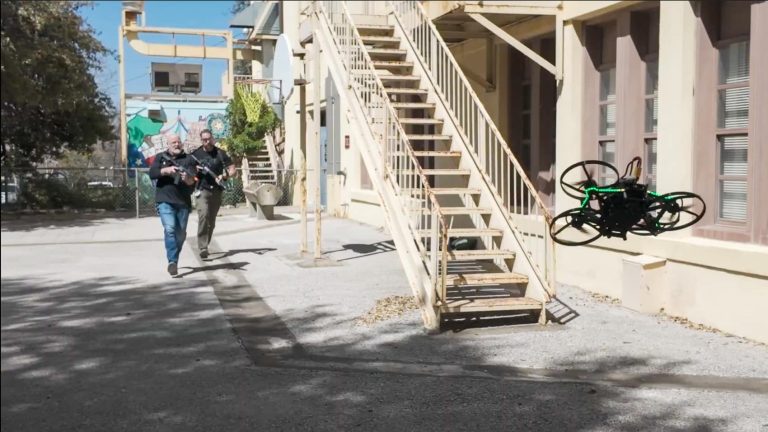


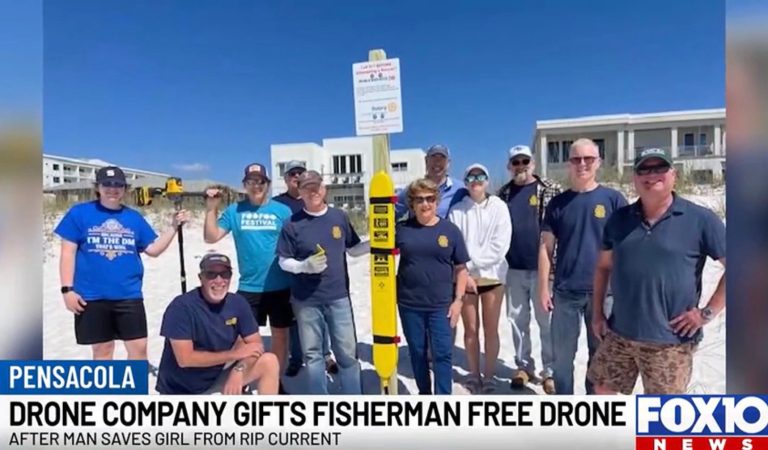
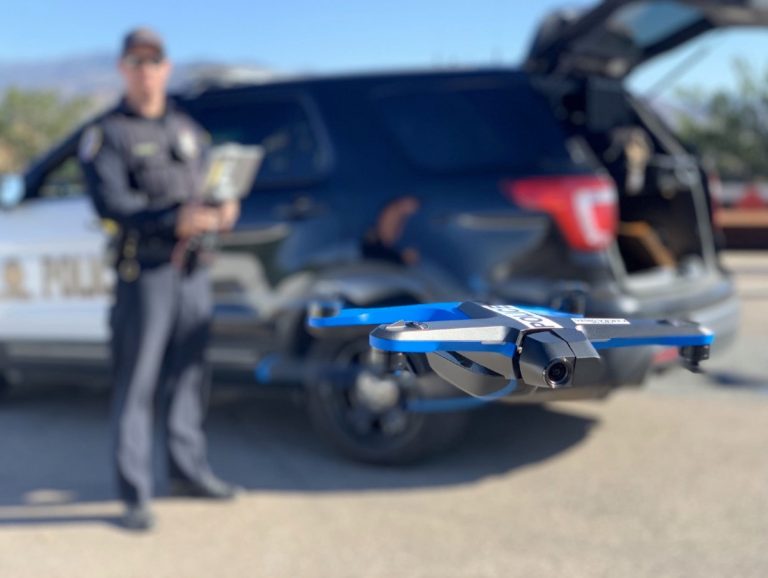
+ There are no comments
Add yours